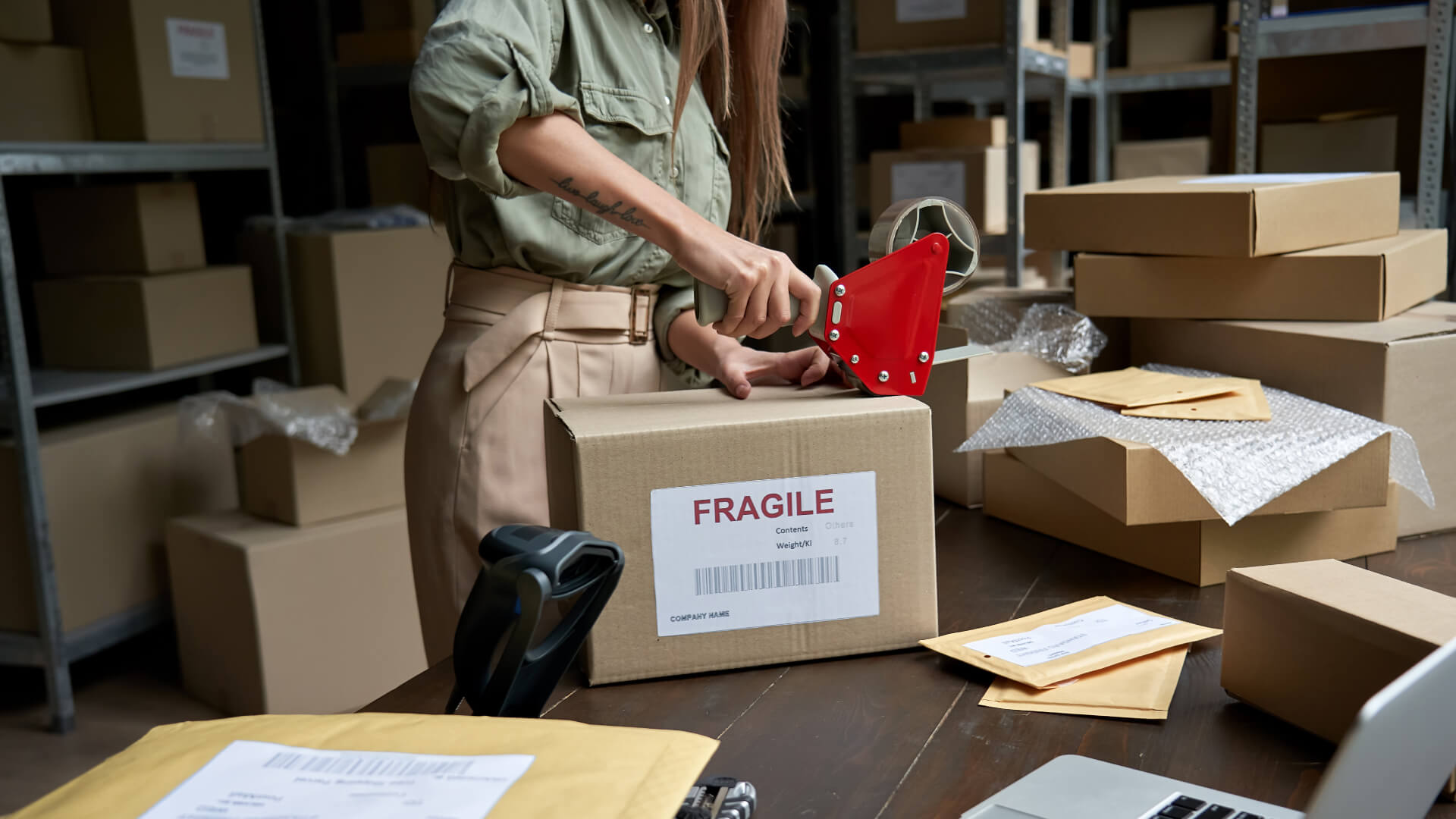There are few things more frustrating for ecommerce retailers than dealing with endless returns. And unfortunately, the problem doesn’t look to be disappearing anytime soon. Fortunately though, there are some innovative solutions on their way designed to take some of the sting out of the process.
Back in the early days of e-commerce, many people were still uncomfortable with the idea of shopping online — particularly when buying fitted items such as clothing and shoes. And in order to persuade shoppers to abandon their beloved bricks-and-mortar stores, retailers had to get creative. One of the ways in which they did this, of course, was to offer free returns. You could order as many items as you wanted, giants such as ASOS and Boohoo boasted, and it wouldn’t cost you a penny to return them. Just bag them up, stick on a label, and pop your package in the post.
But now, business is booming — and experts estimate that around 40 percent of clothing and shoes bought online are returned. For big retailers, that’s problem enough… but what about the small businesses running on just a few members of staff? After all, returns typically take much longer to process than sales, and each step of the process ends up costing the seller. What’s more, returns are hardly ever sold on for their RRP, with most getting diverted to liquidators — or even landfill — somewhere along the way.
By this point, customers have come to expect free returns as standard. But as the cost of living crisis settles in, and shoppers grow more nervous about their purchases, is it a feasible system for businesses that don’t have the manpower of the corporate giants?
If you’re a small business struggling to cope with mounting returns, the tech industry has a few tricks up its sleeve that might help. Take goTRG, for example: a startup that promises a revolution in returns. Essentially, they offer reverse logistics solutions to help companies recoup some of the costs associated with returned goods. And then there’s Happy Returns, a fintech company recently bought out by Paypal. Their clever solution, which has been trialled in America, involves communal drop-off points in accessible areas of the community. Once a certain retailer has accumulated a set amount of returns, they receive them in one bulk shipment, saving around 40 percent compared to traditional postage methods.
Alternatively, virtual reality may prove to be the solution to the returns dilemma. With new and better technology emerging on a regular basis, features such as virtual changing rooms are becoming increasingly popular online. And while they’ll probably never replace physical trying-on sessions, they might help to cut the burden of returns in the months and years to come.








Leave a Comment